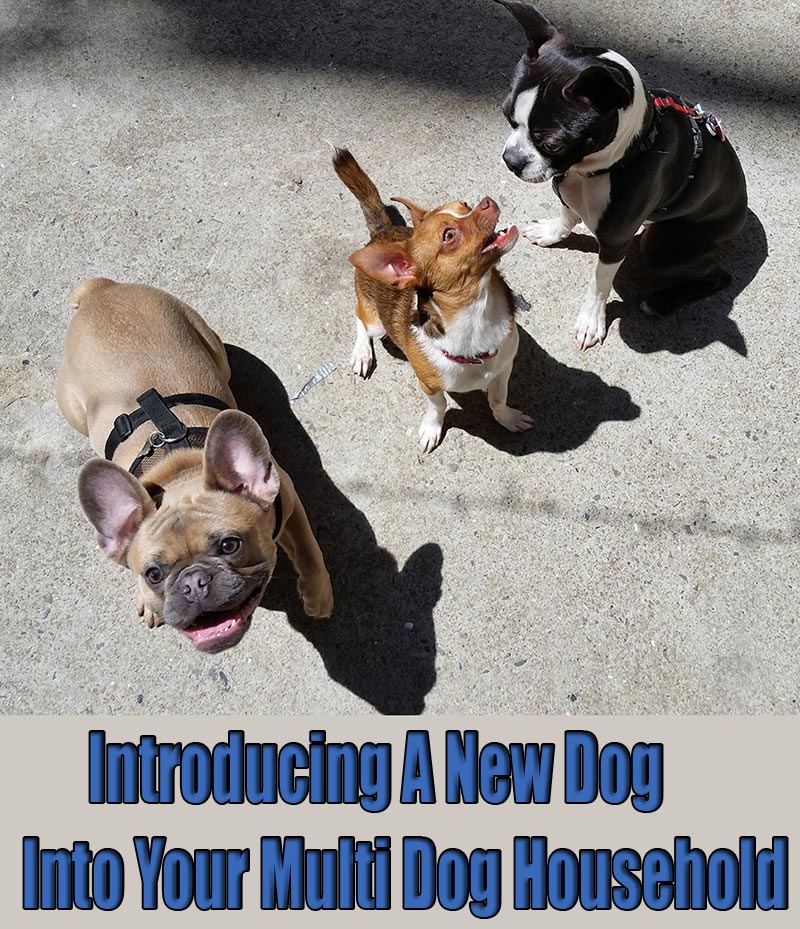
Introducing A New Dog Into Your Multi Dog Household
If you’re planning on adding a new dog into your pack, there are a few things to keep in mind to make sure all of your pets are just as happy with decision as you are. Here are a few tips to ensure you start off on the right paw.
First Introductions:
The mistake that most people make is bringing a new dog home and introducing him to the other dogs in the house. Dogs are territorial by nature. They see a new dog coming into their territory and it may lead to aggression issues. Arrange for the meeting to take place in neutral territory, like a park or a neighbor’s yard. This way, you’ll also have other people to handle the rest of your pack. All dogs should be on a leash (held loosely), and each dog should be held by his own person.
Don’t Force It:
When the new dog is introduced, don’t force them to interact if they are ignoring each other. It may be a scary time for your new pooch and he may want to take it slow. Let them go at their own pace. When they are ready, they’ll give each other a proper doggy hello. Keep the sniffing introductions short at first. Some dogs may get upset with the constant intrusion.
Keep The Tone Happy:
As the dogs are sniffing each other, talk to them in a happy, light tone. Stay away from a threating tone of voice – this will indicate to the dogs that something is up and they should be on guard. Praise and treats should be given for a job well done.
Pay Close Attention To Body Language:
Because dogs don’t speak human, we have to rely on their body language to tell us how they are feeling. And you should be watching for signs of friendliness or aggression during this first meeting. Signs of friendliness include a relaxing posture, an open and loose mouth, and a playful bow (elbows on the ground, hind end in the air). Signs of aggression include stiff body posture, teeth-baring, growls and hard stares. On the first sign of aggression, move the dogs away from each other. Have the dogs sit or lie down and reward with treats and praise. After the dogs have calmed down, bring them together again for a few moments, and then distance them again.
Let’s Go For A Walk:
Once the dogs are comfortable with each other and before you go home, it’s time to go for a walk as a pack. This will not only get rid of access energy, but will also familiarize the new dog with his surroundings. Besides, everyone loves a walk!
Home Alone:
For the first few weeks, it’s important that the dogs be monitored. This means someone should be at home to supervise. If you need to go out, make sure that the dogs are crated or separated by a gate in different rooms or areas of the home. Time away from home should be kept short so no dog becomes anxious.
If All Else Fails:
If you notice that the dogs aren’t getting along and the problem is getting out of hand, do not hesitate to call in a professional. Aggression issues won’t sort themselves out and the longer you wait to deal with this issue, the harder it is to break. With some outside help, you’ll have a better chance of becoming a big, happy family.
The Most Important Rule:
Be patient – bonds don’t form instantly, it takes time. Don’t be discouraged if your dogs don’t hit it off right off the bat. You and your dogs are going to have to make adjustments to accommodate your new addition. Let the relationship build on its own time and let it grow naturally.
Congratulations on your new addition! If you live in a multi dog household, we’d love to hear how you brought a new dog into the fold. Please leave your thoughts, tips and experiences in the comment section below.

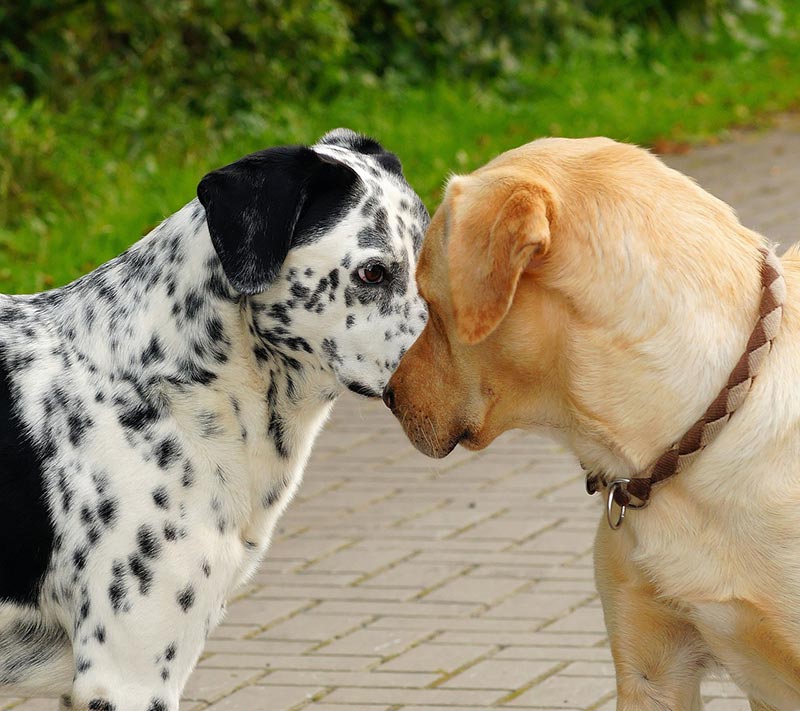
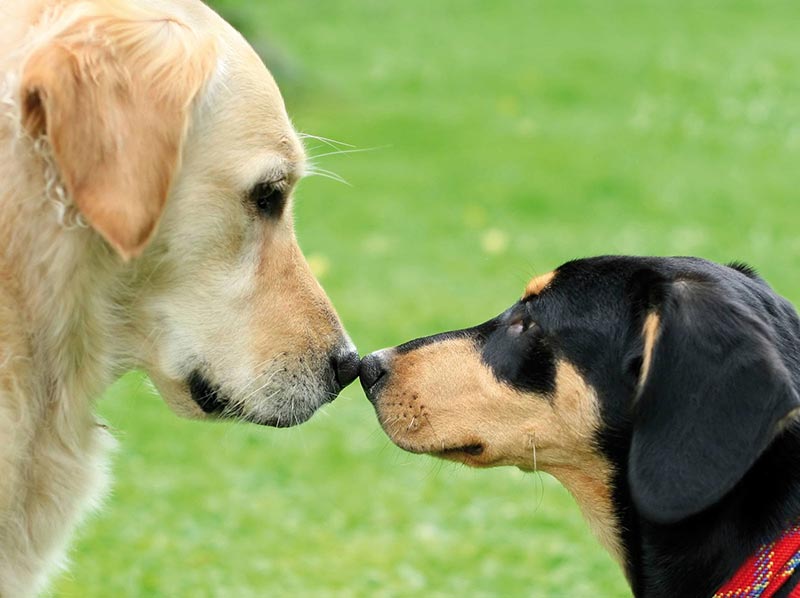
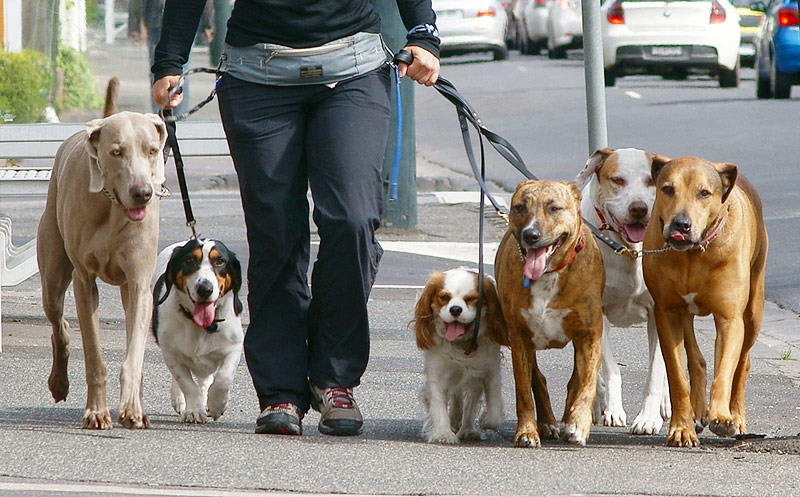

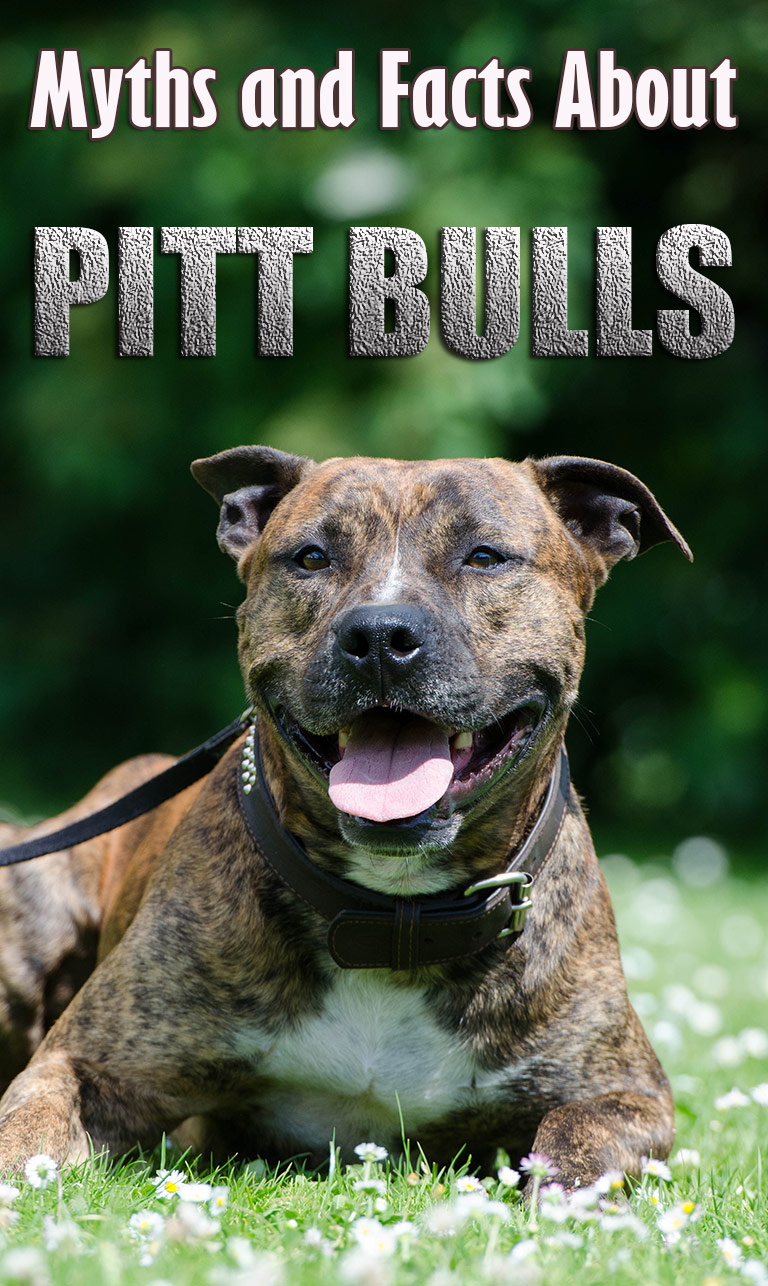
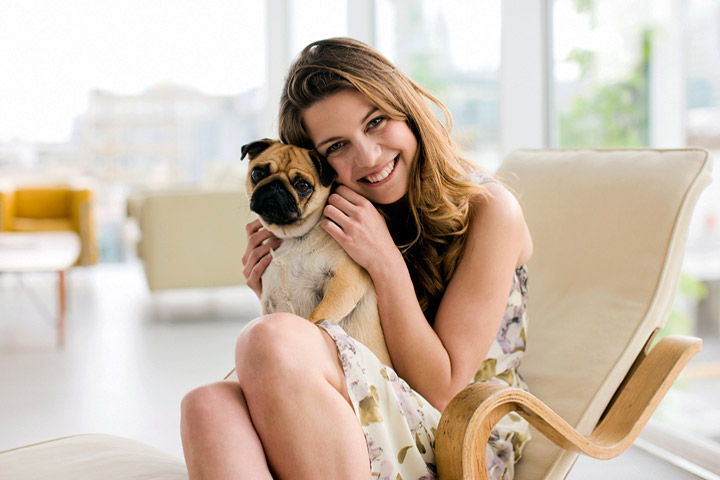

Leave a Reply